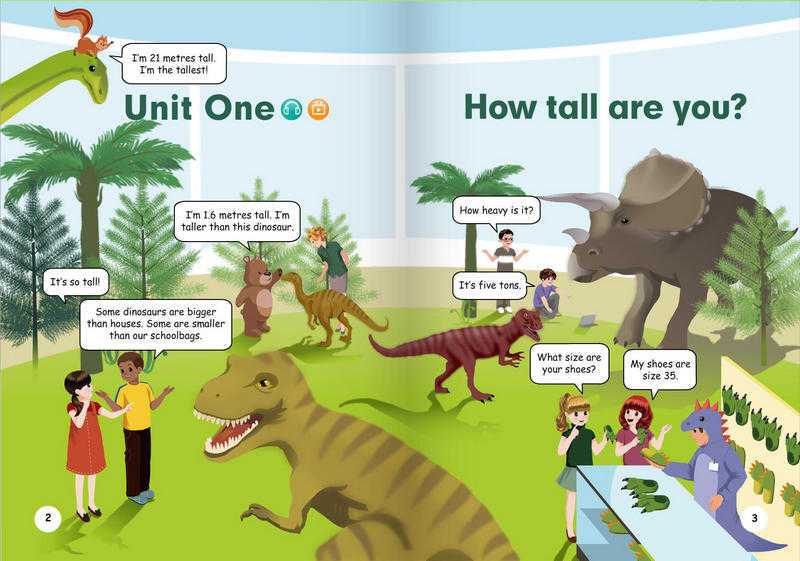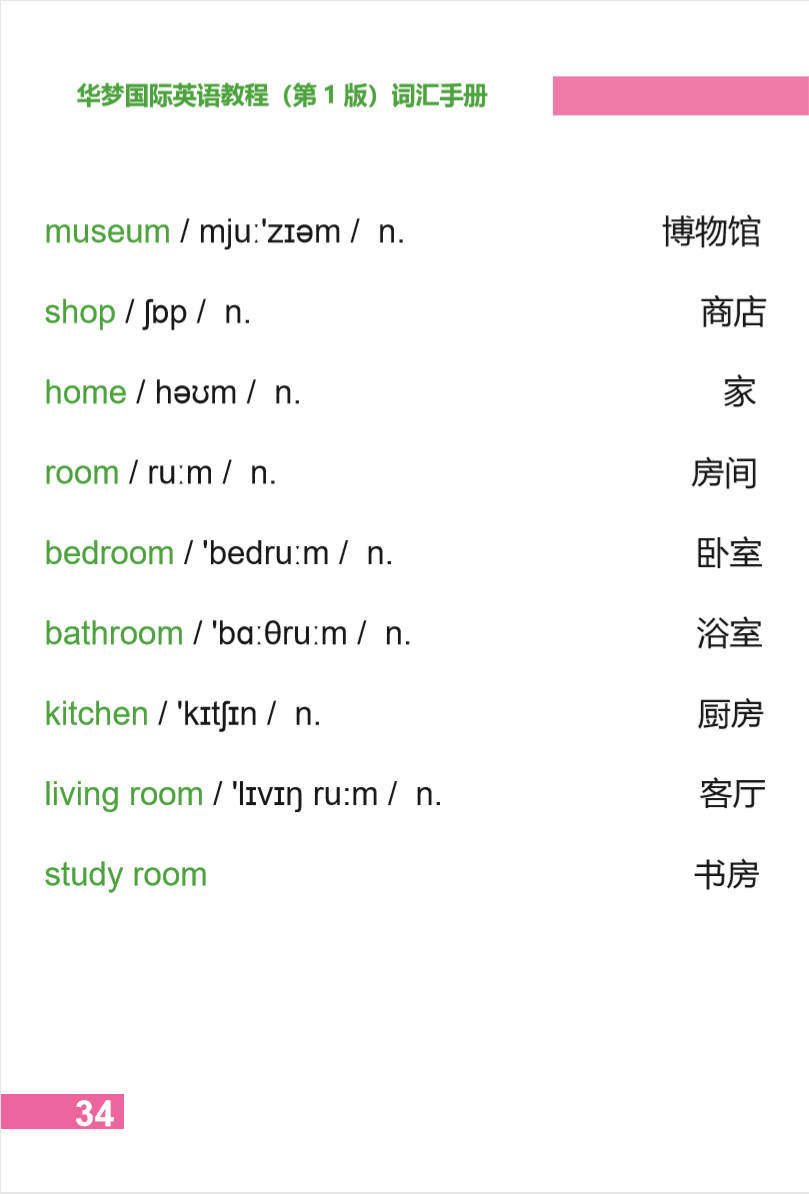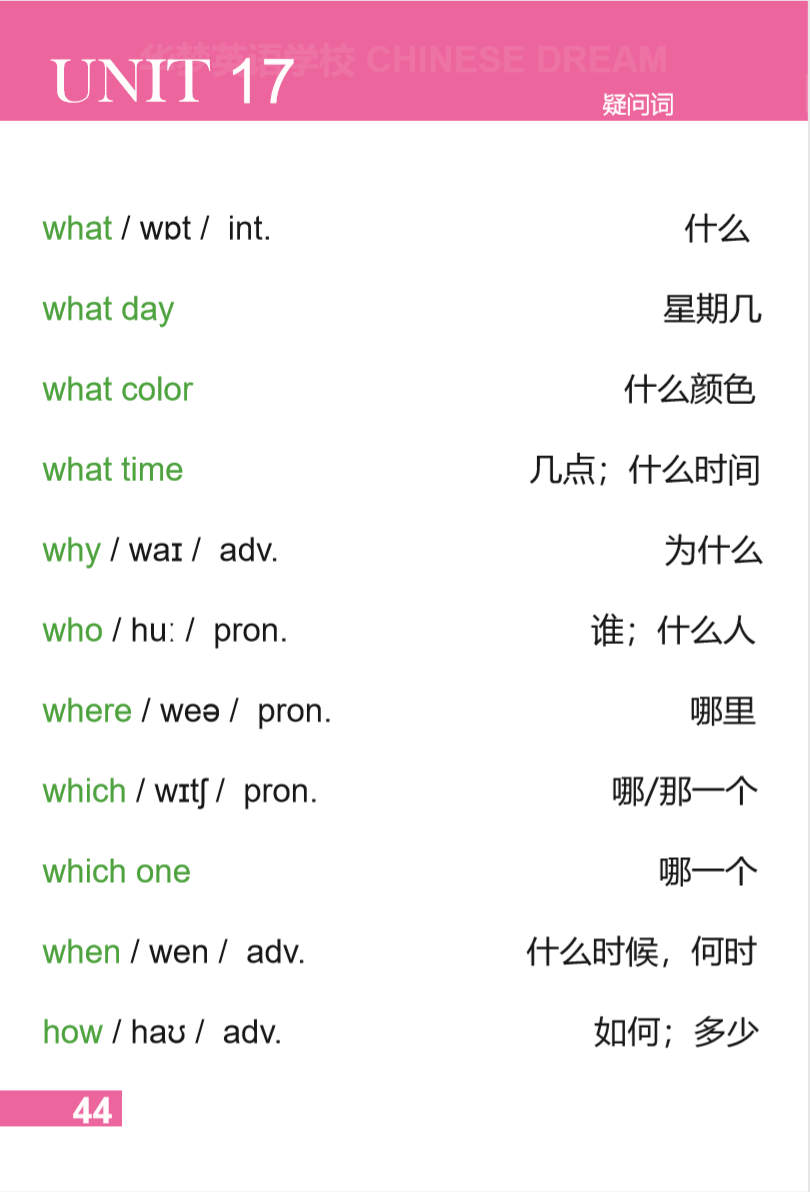小学五年级英语语法知识汇总
五年级英语语法知识汇总
一、词类:
1、名词
这里强调两点:不可数名词都默认为单数,所以总是用is
名词复数如何加后缀:
| 各种不同情况 | 变化方法 | 例词 |
| 一般情况 | 直接加-s | book-books bag-bags cat-cats bed-beds |
| 以s. x. sh. ch结尾 | 加-es | bus-buses box-boxes brush-brushes
watch-watches peach—peaches glass–glasses |
| 以“辅音字母+y”结尾 | 变y为i, 再加-es | family-families study–studies |
| 以“f或fe”结尾 | 变f或fe为v,再加-es | knife-knives |
| 不规则名词复数 | man-men woman-women policeman-policemen policewoman-policewomen mouse-mice foot-feet child-children fish-fish Chinese-Chinese | |
- 人称代词和物主代词
| 人称代词 | 物主代词 | |||||
| 单数 | 复数 | 单数 | 复数 | |||
| 主格 | 宾格 | 主格 | 宾格 | 形容词性 | 形容词性 | |
| 第一人称 | I(我) | me | we(我们) | us | my(我的) | our(我们的) |
| 第二人称 | you(你) | you | you(你们) | you | your(你的) | your(你们的) |
| 第三人称 | he(他) | him | they
(他/她/它们) |
them | his(他的) | their
(他/她/它们的) |
| she(她) | her | her(她的) | ||||
| it(它) | it | it(它的) | ||||
人称代词: 有主格和宾格之分。 一般动词前用主格,动词后用宾格。
3、指示代词
| 指近处 | 指远处 | |
| 单数 | this (这个) | that (那个) |
| 复数 | these(这些) | those(那些) |
4、冠词
有a、an、the。a和an的区别:an用于元音音素(一般就是元音字母a、e、i、o、u)前,a用于辅音音素前。
二、否定句:
be动词(am、is、are)+not、
情态动词can+ not、
助动词(do、does) + not
如何将一个肯定的陈述句改为否定句:
1、看句中有无be动词,如有,直接在be动词后+ not。
2、看句中有无情态动词,如有,直接在情态动词后+ not。
3、如上述二者都没有,就应用助动词+ not。分四个步骤:
(1)肯定陈述句中本来是没有助动词的,要加上去,位置在主语(某人或某物)后,动词前。
(2)确定助动词用do、does,根据句中动词,动词是原形的助动词就用do,动词是第三人称单数的助动词就用does,
(3)在助动词后加not。
(4)原句中动词假如发生变化就要恢复成原形。
强调一点,有some的要考虑是否要用any。
三、一般疑问句。
如何将一个肯定的陈述句改为一般疑问句:
1、看句中有无be动词,如有,把be动词提到句首即可。
2、看句中有无情态动词,如有,把情态动词提到句首即可。
3、如上述二者都没有,就应把助动提到句首。分四个步骤:
(1)肯定陈述句中本来是没有助动词的,要加上去,位置在主语(某人或某物)后,动词前。
(2)确定助动词用do还是does,根据句中动词,动词是原形的助动词就用do,动词是第三人称单数的助动词就用does
(3)把助动词后提到句首。
(4)原句中动词假如发生变化就要恢复成原形。
强调一点,有some的要考虑是否要用any。
四、特殊疑问句。
表示疑问,有疑问词(在开头),回答有很多种可能。
常用疑问词:
| 疑问词 | 意思 | 用法 |
| What time | 什么时间 | 问具体时间,如几点钟 |
| Who | 谁 | 问人 |
| Whose | 谁的 | 问主人 |
| Where | 在哪里 | 问地点 |
| What | 什么 | 问东西、事物 |
| What colour | 什么颜色 | 问颜色 |
| How old | 多大年纪 | 问年纪 |
| How many | 多少数量(可数名词) | 问数量 |
| How much | 多少钱;多少数量(不可数名词) | 问多少钱或数量(不可数) |
五.时态
1、一般现在时
(1)一般现在时中的be动词:
一般用原形:am is are
am用于第一人称单数(I);is用于第三人称单数(he she it和其他人名或称谓,如:Ben his sister等);are用于第二人称单数(you)和所有复数(包括第一人称复数we、第二人称复数you;第三人称复数they和其他复数,如the children 、 his parents等)。
(2)一般现在时中的动词:
第一种情况:主语是第三人称单数(he she it 和其他,如Helen 、her cousin 等),动词后一般加s或es。
第二种情况:主语不是第三人称单数,动词都用原形。
(4)一般现在时判断依据(如何判断一个句子是一般现在时):
△be动词是am、is、are △动词用原形或加s、es
△没有时间状语或有usually、often、everyday、sometimes等不是具体的时间
2、现在进行时
(1)构成形式:Be动词+动词的ing形式
这里强调一点,两者缺少其中任何一种都不可以构成现在进行时。
(2)现在进行时表示动作正在进行或事情正在发生。
(3)有用的依据:一个句子中既有be动词,又有动词,且动词加了ing ←→ 该句是现在进行时
(4)句中往往有now、look、listen等词。
动词现在分词的变化见下表:
| 词尾情况 | 变化方式 | 例词 |
| 一般情况 | 加—ing | play玩—playing do做—doing
go去—going jump跳—jumping sing唱—singing ski滑雪—skiing see看见–seeing |
| 以不发音的e结尾 | 去e加—ing | make做—making take拿到—taking
like喜欢—liking come来—coming write写—writing dance跳舞—dancing have有—having close关—closing
|
| 以重读闭音节结尾的动词,中间只有一个元音字母,词尾只有一个辅音字母 | 双写最后一个辅音字母再加—ing | swim游泳—swimming sit坐—sitting
run跑—running get得到—getting put放—putting begin开始—beginning jog慢跑—jogging |
同音词: too—two—-to buy—by I—eye four—-for
there—-their right—-write sun—-son no—-know
here—hear who’s—-whose
近义词: many—-a lot of / lots of large—-big desk—-table
photo—picture lamp—-light like—-love
反义词或对应词:old—-new go—-come big—-small
open—-close black—-white here—-there
完整形式:let’s=let us(让我们) I’d=I would can’t=can not I’m=I am
词性变换:one(序数词) first monkey(复数)monkeys skiing(原形)ski
is(复数)are families(单数)family make(现在分词)making
we are(缩略形式)we’re do(第三人称单数)does have(第三人称单数)has
photo(复数)photos fat(反义词)thin
| 做题目时一定要记住: | |
| 1. can+动词原形
2. like+动词ing 3. like+名词复数 4. play+球类 play the +乐器类 5. how many +名词复数 6. would like +to+动词原形 7. let’s+动词原形 8. 现在进行时:be(am,is,are)+动词ing 9. 动词第三人称单数形式 |
|
一课时:be 动词主讲与人称代词的搭配
1、基本形式:am、are、is
- am
第一人称I+am (注意:“I”无论何时都要大写,不管位于句首还是句中)
例:I am a beautiful girl. I am twenty.
- are
第二人称you+are; 一人称复数we+are; 三人称复数they+are 其他复数名词+are (注意:第二人称单复数同形,都为you)
例:You are my good friend. We are in the same class.
They are on the road. The books are on the desk.
(3 is
第三人称he(男) +is ; she(女)+is; it(不是人)+is;其他单数名词+is
例:He\She is a good student. It is a white cat. A dog is on that street.
2、肯定、否定、疑问(等于号后是简写)
| 肯定 | 否定——be动词后加not | 一般疑问——be动词移到主语前 | 一般疑问否定 | 一般疑问回答 肯定和否定 |
| I am… =I’m …. | I am not…=I’m not … | Am I…? | Am not I…? | Yes,I’m.
No,I’m not. |
| You are…= you’re… | You are not…=You aren’t… | Are you…? | Are not you. ..? =Aren’t you…? | Yes,you are.
No,you are not. |
| She\He\It is…= | She\He\It is not… =She\He\It isn’t… | Is she\he\it…? | Is not she\he\it…? =Isn’t she\he\it…? | Yes,she\he\It is.
No,she\he\It is not. |
| We are=We’re | We are not…=We aren’t… | Are we…? | Are not we…?
=Aren’t we…? |
Yes,we are.
No,we are not. |
| They are=They’re | They are not…=They aren’t | Are they…? | Are not they…?
=Aren’t they…? |
Yes,they are.
No,they are not. |
例:I am(not) from London.
My eyes are(not) small. My hair is(not) long.
Am I a Chniese? 回答: 肯定:Yes, you are. 否定: No, you aren’t.
Is the cat fat? 回答:肯定:Yes, it is. 否定: No, it isn’t.
注意:在一般疑问回答中,肯定回答除I’m不可简写,否定回答均可简写。
另:特殊疑问句中:where\how\who\what\why+be动词+人称代词或名词?
例:What is your name? My name is GaoBuHan.
Where are you? I’m in the classroom.
3.总结:Be的用法口诀
I用am;you、we、they 都 用are;is连着he,she,it;
单数名词用is,复数名词全用are。
变疑问,往前提,句末问号莫丢弃。
变否定,更容易,be后not莫忘记。
疑问否定任你变,句首大写莫迟疑 。





